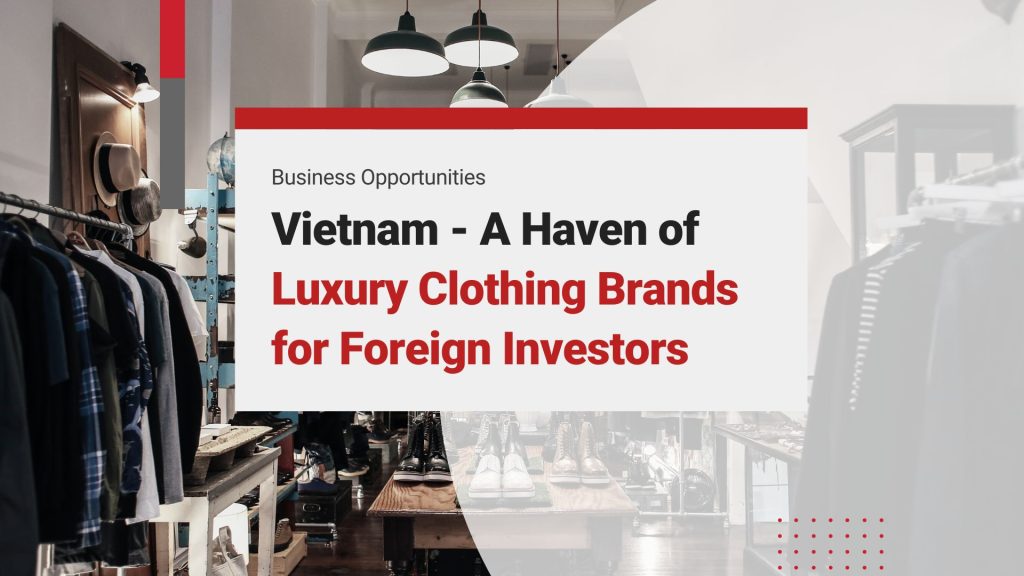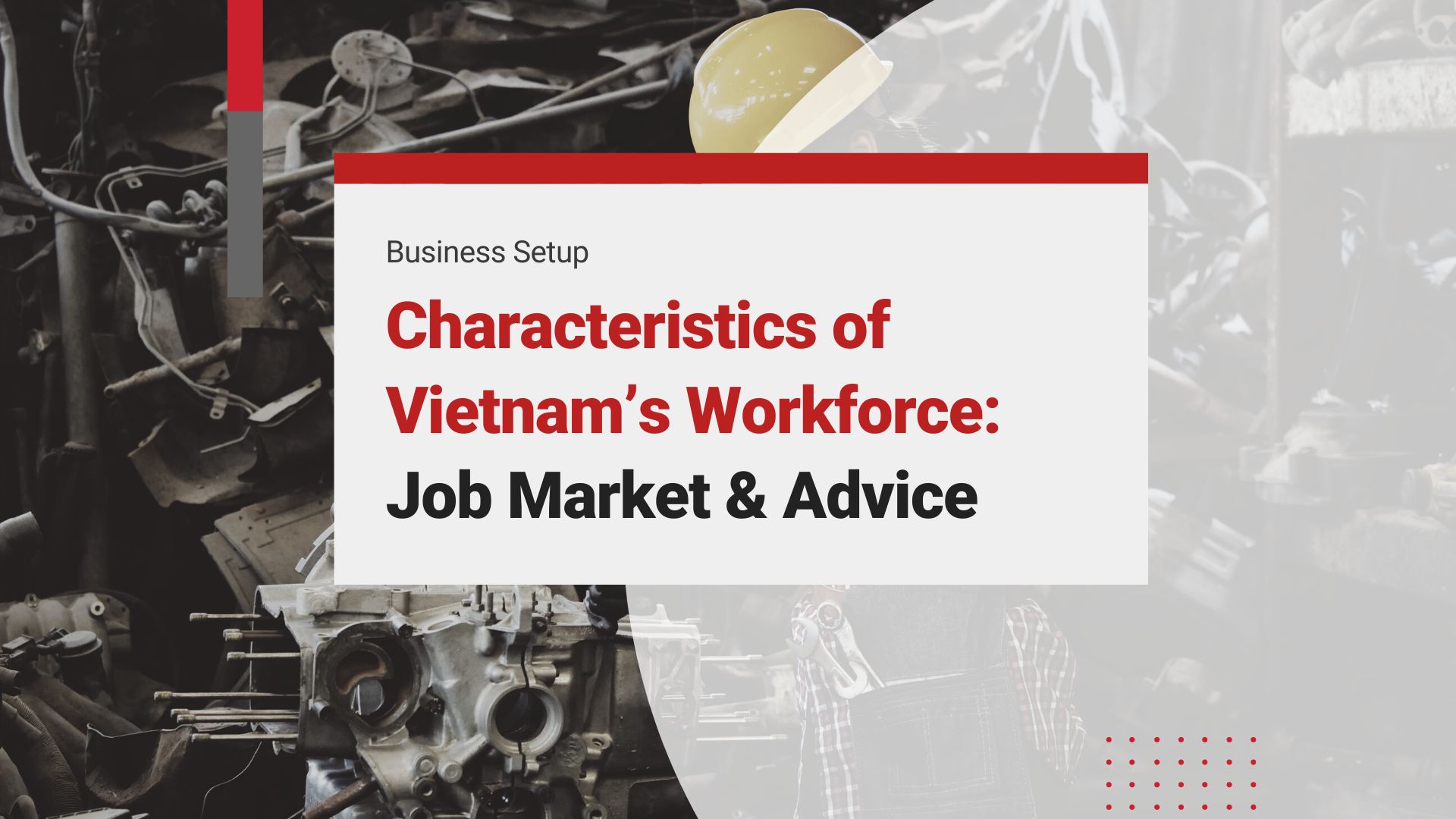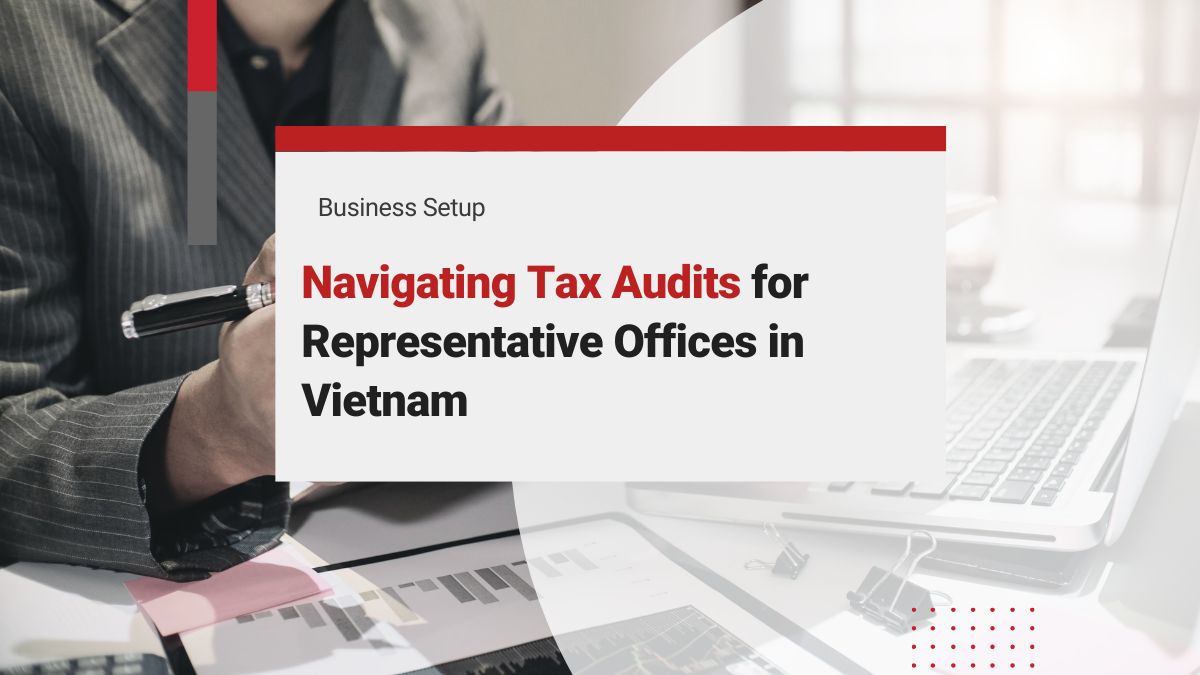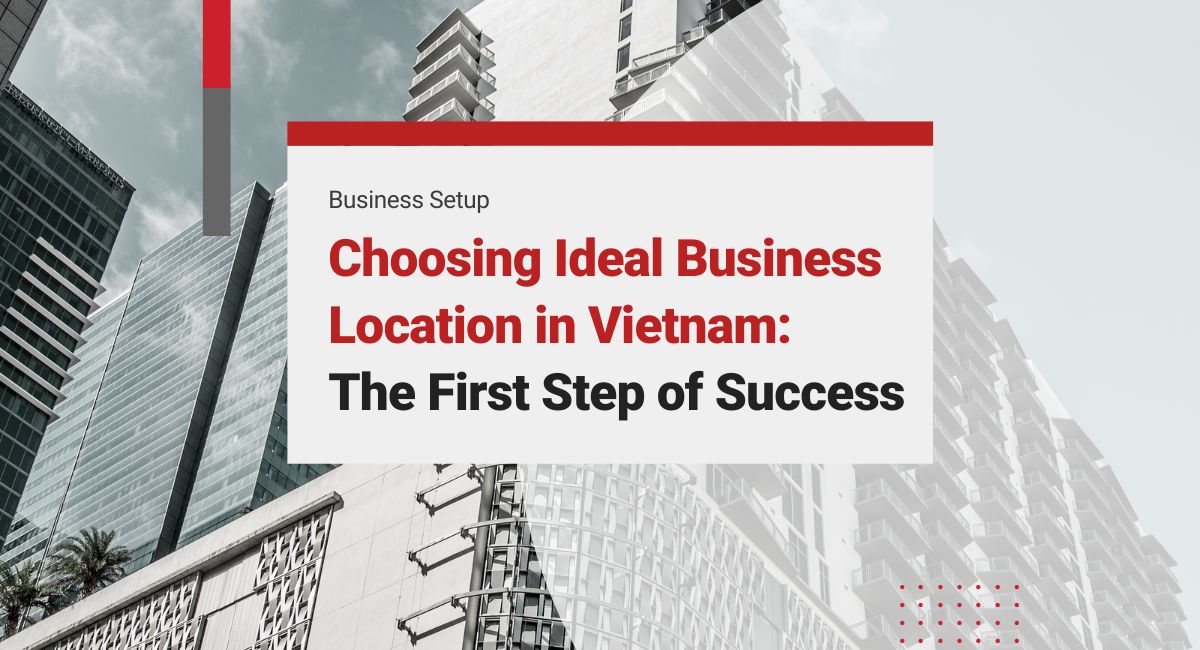Vietnam’s fast-moving, ever-changing luxury clothing industry has always been a delicious pie to foreign investors. Its consumer market thrives Southeast Asia, with a 3.3% increase expected each year for the next five years. The country is expecting to reach 56 million middle-class individuals, establishing itself as a leading luxury fashion destination. Forecasts anticipate a substantial 35.7% growth in luxury clothing, reaching US$912 million.
Major luxury brands, like Pandora Group, are dipping their toes into Vietnam’s market, with plans of producing 60 million pieces of jewelry every year through their manufacturing facilities. Let’s read on and delve into the advantages and opportunities presented to foreign investors in its thriving luxury fashion industry. Many international brands entering this market also choose to engage trusted Corporate Secretarial Services to ensure full compliance with Vietnamese business and regulatory frameworks.
Overview of the Luxury Goods Market in Vietnam
In Vietnam, the mid-range luxury fashion market is set to grow immensely, overtaking other market segments. By 2025, the market will be valued at around US$8.6 billion, with an 8.6% CAGR (Compound Annual Growth Rate).
Despite the permanent scars left by COVID-19, Vietnam’s retail market remained resilient, even coming out on top thanks to its middle-class salary hikes. From 2002 to 2020, the country’s GDP per person has grown 2.7 times, reaching nearly US$2,800.
According to Statista, Vietnam’s luxury retail market is expected to hit US$957.2 million, with an annual growth rate of 3.65% projected until 2029. The greater the consumer demand for luxury fashion items becomes, the more chances brands will have to grow. Consequently, the famous cities like Hanoi and Ho Chi Minh have welcomed several luxury brands such as:
- Dior
- Louis Vuitton
- Tiffany & Co.
- Berluti.
Moreover, thanks to the EU-Vietnam trade agreement, the country’s luxury market is now a duck in water. The investment protection agreement of 2019 eliminated 99% of all taxes and alleviated numerous regulatory barriers. As luxury items become more accessible, we should expect the customers to be more willing to invest.
Another point worth noting is how the growth of luxury hotels and branded residences has attracted wealthy tourists, boosting Vietnam’s luxury shopping scene. With these developments, luxury fashion brands have found new places to shop or expand their presence in the country’s top locations.
Luxury Goods Market Trends in Vietnam
The luxury market in Asia has changed immensely with the emergence of new potentials. Vietnam has hosted luxury brands like Louis Vuitton, Gucci, and Burberry. Specific luxury product categories have experienced significant growth in this country.
Luxury Cars
The people in Vietnam are showing interest in purchasing luxury cars. As a result, automobile companies shifted towards domestic production while continuing to import high-end vehicles. Besides, many prestigious car brands have entered the Vietnamese market, such as:
- Mercedes Benz
- Jaguar
- BMW
- Maserati
- Bentley
- Audi
- Rolls-Royce
- Land Rover
- Porsche
- Ferrari
According to THACO’s Chairman, Tran Ba Duong, THACO AUTO is well on the way of its 5-year plan (from 2023 to 2027), focusing on R&D investments. It also aims to target customers with an appetite for high-quality products, looking forward to selling 100,000 vehicles in 2025 and exporting 4,000 more.
Luxury Watches & Jewelry
Vietnamese jewelry maintains a strong traditional influence in style and craftsmanship, with classic designs featuring diamonds and jade. However, introducing renowned international brands is often challenging for distributors and importers due to high import taxes. Foreign brands’ requirements for a minimum quantity of pieces are risky to import agents.
Overview of Luxury Watches & Jewelry
According to Statista Market Forecasts, Luxury Watches & Jewelry were projected to generate US$135.40 million in revenue in 2022. Over the 2022-2027, the market is anticipated to grow at an annual rate of 2.79%. The luxury industry has other prominent challenges besides the high import tax, including:
- Classic mechanical watches struggle to gain popularity due to the limited watch collectors.
- Purchase decisions are often influenced by price and design.
- Pens are the most preferred high-end gifts over other options.
- Most consumers do not often customize their products.
As per the study of the National Economics University of Vietnam in Hanoi and Ho Chi Minh City, the biggest obstacles to setting up shop in Vietnam in the early 2000s were lack of suppliers and high operating costs.
However, in recent years, more and more Vietnamese have become comfortable with paying for luxury items. With an estimated GDP per capita of US$3,000, Vietnam’s middle class has expanded swiftly, underscoring the country’s rich domestic market potential.
Consequently, Vietnamese with wealth in their pockets no longer need to travel to Singapore, Europe, or the United States to procure major brands like Louis Vuitton and Christian Dior. All are anticipated to establish outlets in Hanoi, with many established outlets in Ho Chi Minh City.
Trends of Luxury Watches & Jewelry
Although it didn’t start off with a huge number of jewelers, the Vietnamese market has never let its humble beginning stop its growth since 2007, with new brands entering the market. Swiss watchmakers mainly dominate the luxury watch market in Vietnam, such as Longines, Rado, Tag Heuer, Chopard, and many more.
Key Players in the Market
- Rolex, a renowned Swiss watch company, currently operates two stores in Hanoi and one in Ho Chi Minh City. With iconic watches such as the GMT-Master, Daytona, and Submariner, it has become an industry icon.
- Richemont, founded in 1988 by South African entrepreneur Johann Rupert, is a Swiss luxury goods conglomerate. The company boasts subsidiaries that produce and distribute jewelry, leather goods, pens, watches, apparel, and accessories.
- The Watches & Jewelry Houses of LVMH excel in top-tier watchmaking and high-end jewelry. These houses consistently captivate customers with their innovative creativity and expert craftsmanship.
- Chow Tai Fook: It is renowned for its exceptional product quality, design, value, reliability and authenticity. Its long-term commitment to innovation and craftsmanship has contributed to the group’s success.
- Swatch: Founded in 1886, Swiss watch and jewelry manufacturer Swatch Group Ltd is a leading force in the industry. It is the world’s largest watchmaker, with approximately 36,000 employees across 50 countries. Presently, Swatch operates two stores in Ho Chi Minh City.
Investing in Luxury Fashion in Vietnam? Check out InCorp Vietnam’s Legal Advisory Services
The Rise of Vietnam in the Luxury Fashion Market
Many luxury fashion brands consider Vietnam a promising market. Salvatore Ferragamo’s flagship store in Vietnam’s capital has been a testament to this since 2006. Additionally, the country has:
- 3 Louis Vuitton stores – one in Ho Chi Minh City and two in Hanoi
- 4 Burberry stores
- 2 Gucci stores.
Over time, the luxury hotels and luxury shopping centers in Vietnam attracted tourists willing to part with their huge wallets, primarily Asians and Westerners. Due to its absence of customs barriers, Vietnam offers a unique advantage over India and other emerging luxury markets. With new free trade agreements reducing tariffs, this country is becoming increasingly appealing to shoppers.
Various favorable factors that influence Vietnam’s luxury clothing industry and attract foreign investors are:
- Consumers’ changing appetite towards sophisticated, high-quality products
- Perfect balance between the demand for the offerings and quality of luxury clothing brands.
- Social media impact, influenced by celebrities’ endorsements and brand promotions
- Consumers’ spending ability
- Commitment to eco-friendly practices and recycled products
Shifting Consumer Preferences and the Rise of the Middle Class
Asia is the primary engine for global consumption growth. Neglecting Asia could mean overlooking half of the worldwide consumption landscape. Eastspring Investments estimates that the region will contribute to 60% of global growth when 2030 rolls around.
The top two tiers of the consuming class, spending US$30 or more daily, are growing fastest and might make up 20 percent of Vietnam’s population by 2030. Vietnam is on track to adding 36 million people to the consuming class in the next decade.
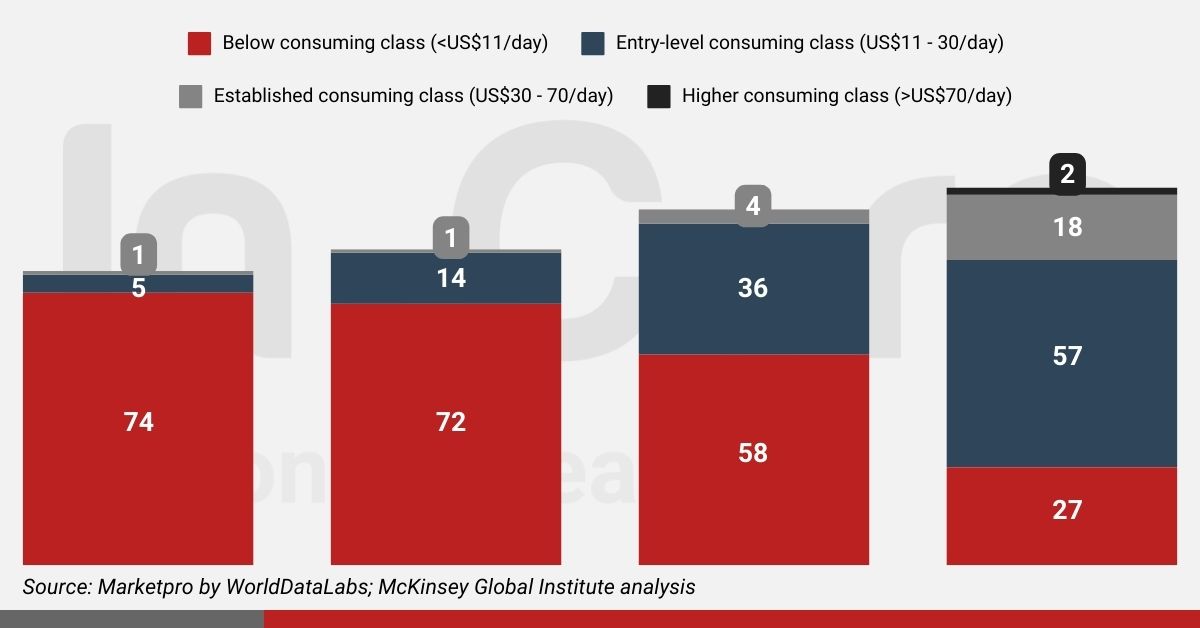
The Centre for Economics and Business Research (CEBR) predicts that Vietnam will surpass Indonesia’s Southeast Asian economy by 2036. It’s 2025 now, the final year of the 2020-2025 five-year plan, and Vietnam is gunning for a GDP growth of 8% to better prepare for an annual growth beyond 10% in 2026-2030, extending the country’s strong economic growth.
The plan prioritizes bolstering the manufacturing sector through active engagement in global supply chains, cultivating trade alliances, and broadening export diversity. The country’s economic outlook has improved due to the growth of its middle class. Additionally, Vietnam has significantly enhanced its business environment, expanded market access, and relocated supply chains to lower-cost countries.
Increasing Demand for Luxury Fashion
Many famous luxury clothing brands have noticed consumer demand in Vietnam in recent eras. Below are some of the examples:
- Salvatore Ferragamo: Their main store in Vietnam’s capital has succeeded since it opened in 2006. They witnessed ample opportunity in Vietnam’s luxury goods market, opening their fifth store there.
- Louis Vuitton is also doing well in Vietnam. It has 3 stores: one in Ho Chi Minh City and two in Hanoi.
- Gucci and Burberry have two and four stores, respectively.
- Ermenegildo Zegna has just started selling its products in Vietnam. They opened their first store in Ho Chi Minh City and are planning to open another one in Hanoi soon.
Strategic Advantages for Foreign Investors in Vietnam
Cost-effectiveness and Competitive Manufacturing Capabilities
According to ASEAN’s trade data for 2020, Vietnam was the European Union’s 15th largest trading partner. During that time, it typically imported aircraft, machinery, cars, and pharmaceuticals from the EU while exporting shoes, electronics, and textiles to the EU.
In 2019, the EU invested US$6.1 billion in foreign direct investment (FDI) in Vietnam’s industrial processing and manufacturing sector. Through successful multilateral diplomacy, Vietnam has skillfully managed its relations with China and the United States. It offers significant financial benefits over China, such as:
- Favorable labor rates
- Stable currency
- Considerable tax incentives
Expanding Infrastructure and Logistics Capabilities
Nothing screams more of Vietnam’s potential as a robust market for international trade than its growing infrastructure and logistics capacities. With a sea area covering over 1 million square kilometers, it features a diverse network of almost 50 seaports, including two international terminals:
- Cai Mep International Terminal
- Hai Phong International Terminal
Read More: Top Megaports and Their Impact from Saigon to Hai Phong
Unlike other ASEAN nations, which allocate an average of 2.3% of their GDP to infrastructure projects, Vietnam devotes about 6% to such initiatives. From 2022 to 2027, Vietnam’s infrastructure is expected to expand at an annual rate of approximately 4%.
Vietnam has forged trade agreements with neighboring countries and actively engages in ASEAN to lower regional tariffs. The EU-Vietnam Free Trade Agreement (EVFTA), signed with the EU, seeks to boost investments between Vietnam and Europe.
Read More: Guide to Vietnam’s 16 Active Free Trade Agreements
Growing Domestic Market and Regional Accessibility
In the coming years, 36 million more people can join Vietnam’s consumer segment and will spend at least US$11 per day on purchasing power parity (PPP) terms. In 2000, less than 10% of Vietnam’s population was part of the consumer segment, but now it’s up to 40%. Estimates indicate that by 2030, this percentage could nearly reach 75%.
Comparison with Neighboring countries
In high-growth markets such as Japan, Greater China, Singapore, and South Korea, the luxury industry has experienced significant growth. However, luxury brands have not been as successful in replicating these efforts in the region’s fast-developing markets.
Compared to China or Japan, Vietnam’s luxury goods market is smaller, generating US$976 million in revenue in 2021. Meanwhile, its neighbor, China, generated a whopping US$43.5 billion in the same year.
The COVID-19 pandemic significantly impacted luxury markets globally. According to Euromonitor International’s Luxury Goods 2021 report, there was a 15% decline in the value of the global luxury goods market in 2020.
However, projections suggest that the luxury goods market has rebounded and generated revenues worth US$2.45 billion in 2025. Specifically, luxury fashion, the largest segment in the luxury goods market, was expected to see a spike worth US$793.50 million in the same year. Furthermore, the luxury goods market is forecasted to grow annually by 3.65% (CAGR 2022-2029).
Navigating Challenges and Risks
Counterfeit products, often from China, and illegal importation of authentic goods sold in unlicensed stores have proven to be Vietnam’s Achilles’ heel. Vietnamese authorities recognize the need to ban counterfeit luxury goods but lack effective measures. Negotiations for Vietnam’s entry into the World Trade Organization in the 1995 Civil Code included provisions for intellectual property protection.
Although not as severe as in neighboring countries like China or Thailand, the counterfeit issue in Vietnam still threatens the luxury market’s growth. Besides, The pricing of imported products typically includes the following components:
- Fees levied by import agents usually range from 1 to 2% of the invoice.
- The type of product determines customs duty.
- The landed cost of goods, subject to VAT, ranges from 10% to 15% upon title transfer.
- Taxes on luxury or consumption items, notably automobiles, beer, and alcoholic beverages.
Read More: Fundamental Insights: Value-Added Tax (VAT) Landscape in Vietnam
Addressing Potential Challenges Faced by Foreign Investors
Foreign investors making their forays into Vietnam may face certain intellectual property (IP) protection problems. While Vietnam’s IP laws comply with international standards outlined by the Trade-Related Aspects of Intellectual Property Rights (TRIPS) Agreement, enforcement currently leaves much to be desired. Raising awareness about IP protection among Vietnamese consumers is vital.
Vietnam has been included on the U.S. Trade Representative’s Special 301 Watchlist for more than ten years, indicating the necessity for enhanced IP measures. The 2020 Notorious Markets report identifies Dong Xuan and Ben Thanh Markets as areas of concern. Companies should prioritize securing IP protection before entering the Vietnamese market to address these challenges. Patents, trademarks, designs, and geographical indications must be registered with IP Vietnam.
Protecting your Patents, Trademarks, Designs, and Geographical Indications? Check out InCorp Vietnam’s Trademark Registration Services
Mitigating Risks Through Strategic Planning and Partnerships
For manufacturers, strategic planning and local partnerships are crucial to dealing with risks. Sirois Tool acknowledges the advantages of establishing and nurturing local, regional, and national partnerships with vendors and customers. Collaboration with local businesses provides benefits over distant, low-cost suppliers.
To plant one’s feet in Southeast Asia, the first item on the to-do list is forming robust relationships with local authorities and stakeholders. Organizations like the US-ASEAN Business Council and OECD drive economic growth and foster connections between businesses and regional stakeholders in Southeast Asia.
Conclusion
With an ever-growing middle class and rising disposable incomes, there is no doubt that people in Vietnam will soon possess stronger spending power. There will be more interest toward luxury items such as watches and jewelry, as they are expected to become an integral part in every day’s lives. Although the luxury goods market is in its early stages, Vietnam has already laid the foundational bricks for foreign luxury brands to build a strong presence in the country.
Furthermore, Vietnam’s strategic location, cost-effectiveness, and improved infrastructure enhance its appeal to foreign investors in Southeast Asia. Strengthened trade ties with the EU are creating an even friendlier investment climate. To capitalize on Vietnam’s luxury fashion growth, foreign investors must prioritize intellectual property protection, establish local partnerships, and remain informed about evolving market dynamics. These strategies will enable them to spot and take advantage of all kinds of lucrative opportunities offered by Vietnam’s thriving luxury clothing market.

clients worldwide

professional staff

incorporated entities in 10 years

compliance transactions yearly
Learn the Right Setup for Business
Expansion in the Vietnam
Frequently Asked Questions
Are Luxury Brands Cheaper In Vietnam
- Luxury brands are generally not cheaper in Vietnam due to high import taxes and tariffs. Prices can often be higher than in countries like the U.S. or Europe.
Are Skechers Made In Vietnam
- Yes, many Skechers shoes are manufactured in Vietnam, along with other countries such as China and Indonesia. The company outsources production to various international factories.
Are Watches Cheaper In Vietnam
- Watches can be cheaper in Vietnam, especially locally made or lower-end models. However, prices for international brands may not differ significantly due to import taxes and brand pricing policies. It's best to compare specific models and authorized retailers.
